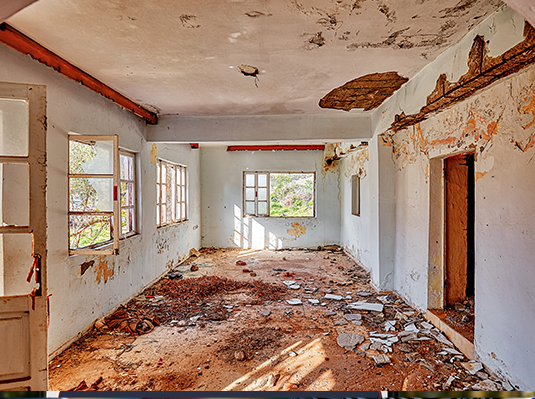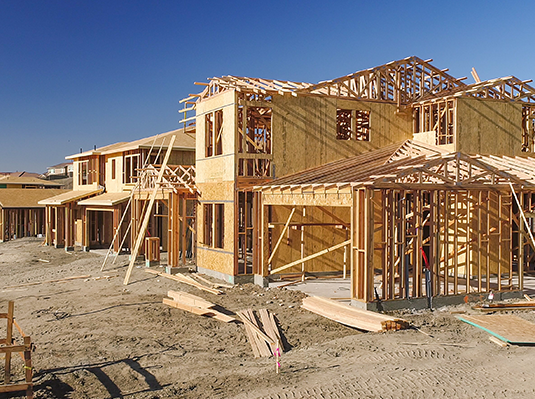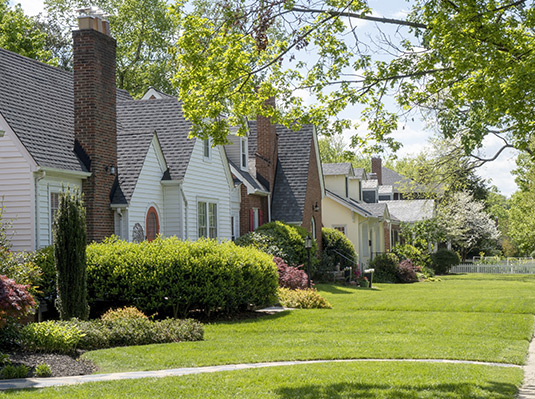
Extended Replacement Cost is a common endorsement that you can add to your policy that will help protect your home in the event of an unusual surge in the price of materials or labor. The most common amount endorsed for extended replacement cost is 25% but each carrier will vary in the percentage amount you can select.
Example: Your home is destroyed by a wildfire and your dwelling coverage is $400,000. Since the wildfire spread and damaged a lot of homes in your area, the cost to rebuild has gone up dramatically due to the high demand for materials. The invoice you receive from your contractor estimates that it will cost $450,000 to rebuild your home. If you have a 25% extended replacement cost endorsement, your dwelling would extend up to $475,000, covering the updated rebuild cost of your home.
When Can I Use This Coverage?
A common misconception about this coverage is that it can be added as a way to keep the premium low by letting you keep a lower Dwelling Coverage amount. This is false because this coverage doesn’t come into play unless there is a shortage of materials and/or labor that has caused you to be insured for less than what your home costs to rebuild. In a broader sense, an insurance provider will not pay out the additional coverage amount just because you had a loss and your home was not insured for the right amount; it is only available for use when the home is insured for the right amount but the cost has exceeded the provider’s expectation for reconstruction due to extraordinary circumstances.
Examples of when Extended Replacement Cost coverage would be applied:
- A fire destroys most of your subdivision
- A hurricane deals major damage to a large portion of your state damaging or destroying many homes
- There is a shortage of lumber or other building materials due to a lack of production
- There is a shortage of labor due to a lack of workers.
As mentioned above, this coverage will not automatically pay out outside of a natural disaster or increase in labor/material costs past a normal inflation amount, so it’s still important to make sure that your home is covered to its true replacement cost. On the other hand, the great thing about coverage like Extended Replacement Cost is that it will automatically pay out up to the increased limit as long as your provider can see inflation in prices of materials or labor exceeding their expectations. Most adjusters can determine this fairly easily and approve the increased Replacement Cost of the home and work with your contractor to release funds to rebuild the home.
Natural disasters can bring about serious damage to your home. If you live in an area prone to hurricanes, earthquakes, or other weather-related catastrophes, extended dwelling coverage may provide much-needed financial protection post-disaster. Rebuild and repair costs are often drastically elevated after a natural event hits an area – but with the right plan in place, you don't have to worry as much while recovering from costly damages that come unexpectedly. Reach out to your insurance agent to review your home policy and make sure you have extended replacement cost coverage to protect your home and your wallet.
The contents of this article are for informational purposes only. You should not act or refrain from acting based on this information without first consulting a Goosehead licensed agent at [email protected]. We disclaim all liability for actions taken or not taken by you based on the contents of this article which is provided "as is." Goosehead makes no representation that this content is error-free.


